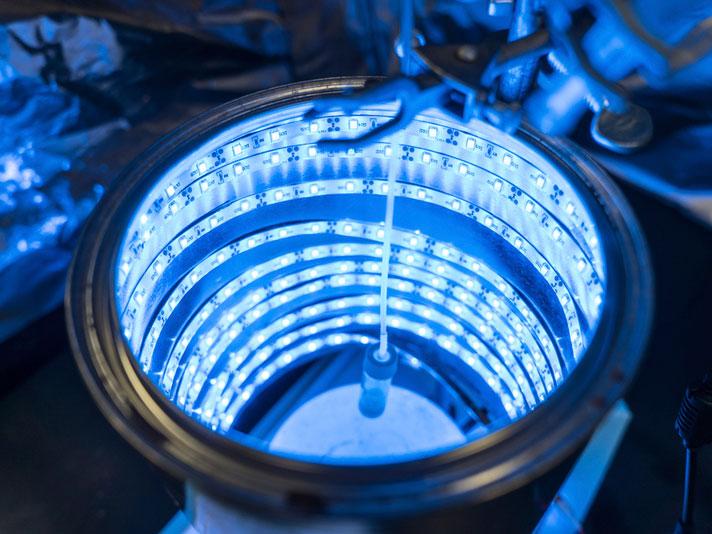'Artificial plants' could turn carbon dioxide into fuel helping to reduce global warming
'This work is a breakthrough'

Your support helps us to tell the story
From reproductive rights to climate change to Big Tech, The Independent is on the ground when the story is developing. Whether it's investigating the financials of Elon Musk's pro-Trump PAC or producing our latest documentary, 'The A Word', which shines a light on the American women fighting for reproductive rights, we know how important it is to parse out the facts from the messaging.
At such a critical moment in US history, we need reporters on the ground. Your donation allows us to keep sending journalists to speak to both sides of the story.
The Independent is trusted by Americans across the entire political spectrum. And unlike many other quality news outlets, we choose not to lock Americans out of our reporting and analysis with paywalls. We believe quality journalism should be available to everyone, paid for by those who can afford it.
Your support makes all the difference.An artificial form of photosynthesis that sucks carbon dioxide from the atmosphere has been invented by a scientist who claims the “breakthrough” device could be used to reduce global warming.
Plants use sunlight to turn carbon dioxide into sugar and the new device acts in a similar way, using ultraviolet light and air to create two forms of fuel, which can then be used to create power.
The scientists, Professor Fernando Uribe-Romo, of Central Florida University, and his team of students built a device using titanium, some organic molecules and a blue LED photoreactor – a glowing cylinder that looks like a bit like a tanning bed.
“It’s like photosynthesis, in which plants pick up sunlight and carbon dioxide and turn it into a sugar,” he said in a YouTube video about the research.
“In this case, instead of having a plant we have materials … that capture the sunlight and turn the carbon dioxide into something similar to sugar.”
He suggested the device, described in the Journal of Materials Chemistry A, could be installed near fossil fuel-powered power stations.
“A power plant produces a lot of carbon dioxide because it’s burning coal,” Professor Uribe-Romo said.
“The carbon dioxide can be turned into a fuel and that fuel can be fed up into the power plant so then you can recycle your own carbon dioxide … and that helps to reduce emissions, obtain energy and help fight global warming.”
The device used a ‘metal-organic framework’ or MOF, a type of material created about 20 years ago which can be made in thousands of different ways, each with different properties.
Professor Uribe-Romo said they now hoped to improve its efficiency, but said he believed it could make a significant difference.
“This work is a breakthrough,” he said.
“Tailoring materials that will absorb a specific colour of light is very difficult from the scientific point of view, but from the societal point of view we are contributing to the development of a technology that can help reduce greenhouse gases.
“The goal is to continue to fine-tune the approach so we can create greater amounts of reduced carbon so it is more efficient.”
In addition to using the device in conjunction with power stations, roof tiles could be made from the material, which would produce fuel while improving the local air quality.
“That would take new technology and infrastructure to happen,” Professor Uribe-Romo said. “But it may be possible.”
Join our commenting forum
Join thought-provoking conversations, follow other Independent readers and see their replies
Comments